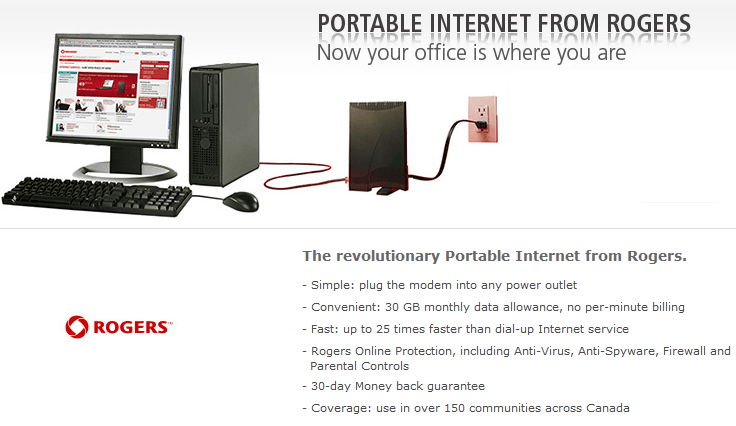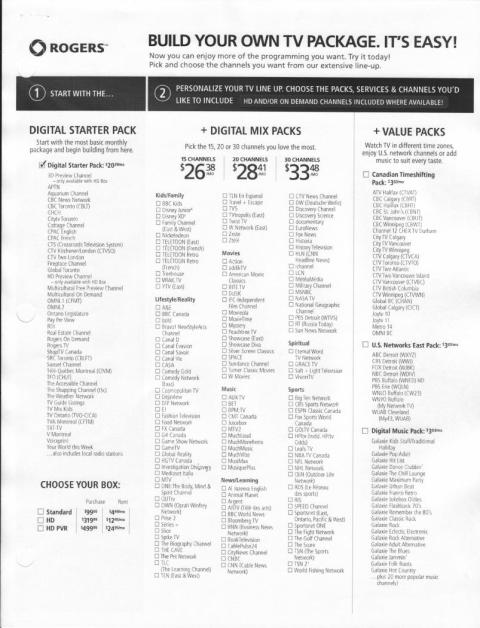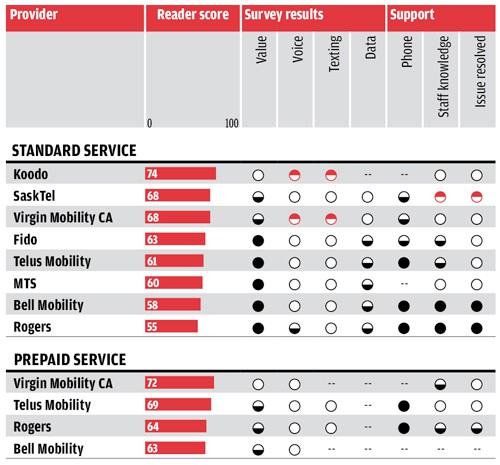The Tories running the Canadian federal government are on a mission to slash government spending. In addition to budget cuts, Ottawa is about to start pink-slipping public service workers. But executives at Rogers Communications, Canada’s gi-normous media conglomerate can rest easy knowing their corporate welfare payments are still safe from the government axe.
At a time when North Americans are abandoning print media in droves, it’s more than a little odd that Rogers is getting a government handout for a whole mess of magazines the company still prints and sells to an increasingly disinterested public.
It turns out the Canada Periodical Fund exists to throw nearly $71 million a year in subsidies to magazines ranging from the endangered to the ubiquitous. Among the titles getting taxpayer handouts include those even Americans recognize. Rogers is getting $1.5 million a year in free money just for printing Maclean’s. They get the same for Chatelaine, Canada’s version of Reader’s Digest, and Canadian Living.
In fact, more than a dozen well-known magazine titles get a cool million plus from the federal government, just for… existing.
Ironically, Canadian Heritage defends the subsidy program as an effort to ensure “Canadians have diverse Canadian print magazines, non-daily newspapers, and digital periodicals.” Canadian publishing, much like its telecommunications marketplace, is increasingly about as non-diverse as you can get, as a handful of giant corporations consolidate their ownership of most major print publications. Transcontinental and Rogers together account for half of the top 50 magazines in Canada. Smaller titles are fading through a combination of increasing postal rates and decreasing interest on the part of an online-0bsessed culture.
The Ottawa Citizen thinks it has all gotten out of hand:
The central problem with this government program is that big magazines don’t need government help and the little ones aren’t worth it. A really generous observer could see public value in Atlantic Horse & Pony, Modern Dog or Hardware Merchandising, but this is Canadian culture writ extremely small.
The magazine program clearly helps prevent a Darwinian reduction in the astounding number of Canadian magazines. Thus we have Big Buck Magazine ($40,521) a quarterly periodical devoted to deer hunting. Subscribers who enjoy pictures of dead animals might also like Western Canadian Game Warden ($18,626), Ontario Monster Whitetails ($8,488) or The Canadian Trapper ($5,303).
Farm publications are soundly supported, including Canadian Ayrshire Review ($12,319), Canadian Cattlemen ($158,952) and Cowsmopolitan Dairy Magazine ($16,504). It includes no sex tips, by the way. The biggest beneficiary is The Western Producer, a weekly farm newspaper that takes in nearly $1.6 million.
Religious publications also do well, including Canadian Mennonite ($152,957), Mennonite Brethren Herald ($85,590), The United Church Observer ($191,592) and Presbyterian Record ($156,373).
Even the satirical magazine Frank collected $57,517 from the taxpayers, surely one of its best pranks.
[…] The taxpayers might not get much value from the Canada Periodical Fund, but the Conservative government is making the most of it. In the Canadian way, the magazine and weekly newspaper grants have been turned into pork. Local MPs announce these silly little grants, using standard language about how the giveaway contributes to the economy and the diversity of Canadian content.
A few thousand dollars could do wonders for most digital versions of small print publications, all without killing trees and wasting energy delivering them to a dwindling number of readers. But giant-sized conglomerates like Rogers don’t need the handouts. Not when the company enjoys a revenue largesse from its current holdings. You cannot promote diversity handing out checks to companies that would like nothing better than to use the money to merge and acquire their way to an increasingly concentrated media marketplace. Nobody has proved that better than Rogers Communications.


 Subscribe
Subscribe







